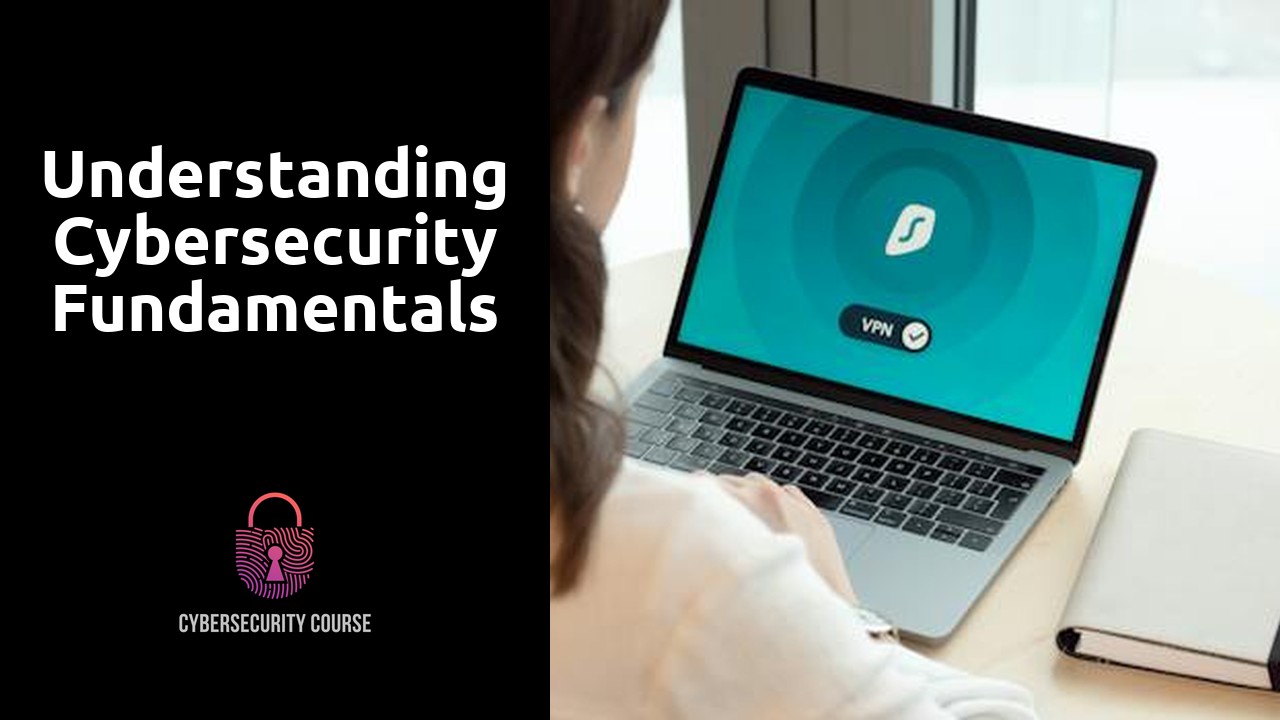
Understanding Cybersecurity Fundamentals
Table Of Contents
Protecting Your Digital Assets: The Basics of Cybersecurity
With the increasing reliance on digital technology, protecting your digital assets has become more crucial than ever. Cybersecurity is the practice of safeguarding your online presence, data, and devices from unauthorized access, theft, or damage. It involves implementing preventive measures, such as strong passwords, firewalls, and encryption, to ensure the confidentiality, integrity, and availability of your digital assets.
One fundamental aspect of cybersecurity is the use of strong and unique passwords for all your online accounts. Passwords should be at least 12 characters long, combining uppercase and lowercase letters, numbers, and symbols. Avoid using easily guessable information like your name, birthdate, or common phrases. It is also important to regularly update your passwords to reduce the risk of them being compromised. Additionally, consider enabling two-factor authentication whenever it is available, as this provides an extra layer of security by requiring a second form of verification, such as a code sent to your mobile device, to access your accounts.
Safeguarding Against Online Threats: Essential Tips
With the ever-increasing number of online threats, safeguarding your digital assets has become a critical priority. To ensure your online safety, it is essential to be proactive and take necessary precautions. The first step towards safeguarding against online threats is to keep your software and operating systems up to date. Regularly installing updates and patches fixes any security vulnerabilities and ensures that you have the latest protection against emerging threats.
Another important tip is to be cautious of suspicious emails and messages. Cybercriminals often use phishing techniques to deceive unsuspecting users into sharing sensitive information. Avoid clicking on links or downloading attachments from unknown sources. Be vigilant about checking the authenticity of the sender and look for any red flags such as grammatical errors or urgent requests for personal information. Taking these essential steps will significantly reduce the risk of falling victim to online threats and protect your valuable digital assets.
Unveiling the Invisible Threats: A Closer Look at Cybersecurity
In today's digital age, the threats to our cybersecurity have become increasingly sophisticated and insidious. Gone are the days when simply installing antivirus software could protect us from potential attacks. As we navigate the vast online landscape, we must be aware of the invisible threats that lurk beneath the surface.
One of the most alarming aspects of cyber threats is their ability to bypass our traditional security measures undetected. Attackers have become adept at exploiting vulnerabilities in software and manipulating human behavior to gain access to our personal and sensitive information. From phishing scams to ransomware attacks, the methods used by cybercriminals are constantly evolving, making it imperative for individuals and organizations to take proactive measures to safeguard their digital assets.
The ABCs of Online Security: Building a Strong Defense System
In today's digital age, building a strong defense system to protect our online activities has become more crucial than ever before. The ABCs of online security provide a foundational framework to keep our digital assets safe from potential threats.
The first step in building a strong defense system is to ensure that our passwords are robust and unique. Using a combination of upper and lowercase letters, numbers, and special characters can significantly enhance the security of our accounts. It's also essential to avoid using common words or predictable patterns for our passwords. By regularly changing our passwords and avoiding reusing them across multiple platforms, we can reduce the risk of unauthorized access to our personal information.
The Evolving World of Cybersecurity: Staying One Step Ahead
The world of cybersecurity is constantly evolving, with new threats and vulnerabilities emerging every day. As technology advances, so do the methods and techniques used by cybercriminals to exploit it. It is crucial for individuals and businesses alike to stay one step ahead and continuously adapt their defense strategies.
One of the key elements in staying ahead in the ever-changing landscape of cybersecurity is education. With the rapid advancement of technology, individuals must keep themselves informed about the latest threats and best practices for online safety. By staying aware of the current trends in cybercrime, people can better understand how to protect themselves and their digital assets. Additionally, businesses should invest in comprehensive training programs to ensure that all employees are equipped with the necessary knowledge and skills to identify and respond to potential cyber threats. With a well-informed and educated workforce, organizations can greatly reduce the risk of falling victim to malicious cyberattacks.
Empowering Users: Taking Charge of Your Online Safety
In today's digital age, where so much of our personal and financial information is stored online, it is more important than ever for individuals to take charge of their own online safety. Empowering users to protect themselves from cyber threats should be a top priority for everyone. With the right knowledge and tools, we can all play an active role in safeguarding our digital assets.
One of the first steps to taking charge of your online safety is to educate yourself about the different types of threats that exist in the online world. From phishing emails to malware attacks, there are numerous ways in which cybercriminals can gain access to your sensitive information. By understanding these threats and how they work, you can better protect yourself against them. Additionally, stay up to date with the latest cybersecurity news and trends. This will help you stay informed about any new threats or vulnerabilities that may arise and enable you to take the necessary precautions to protect yourself.
Related Links
Exploring Basic Cybersecurity ConceptsIntroduction to Cybersecurity Course Overview
Case Studies in Data Breach Response and Lessons Learned
Incident Reporting and Communication in Data Breach Response
Best Practices for Data Breach Investigation and Remediation
Cybersecurity Training for Data Breach Response
Legal Considerations in Data Breach Response
Role of Incident Response Team in Data Breach Response
Importance of Timely Response in Data Breach Incidents